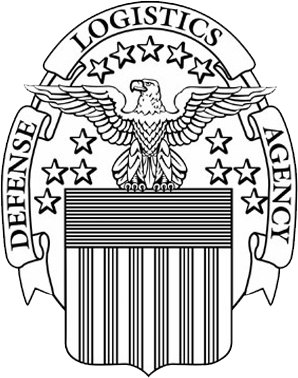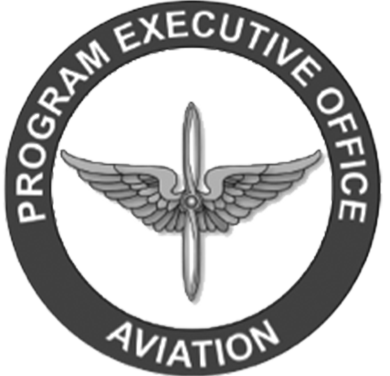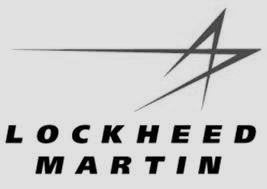
The efforts to prevent Foreign Object Damage/Debris (FOD) in aircraft products procured for the U.S. Government by the defense industry have been significant and worthwhile.
This has extended to the commercial airlines industry as well. The January 2009 water landing of US Airways Flight 1549 in the Hudson River (caused by a bird strike to its engines) and the heroics of Captain Sullivan are still fresh on our minds. Fighter jet and commercial aircraft are particularly vulnerable to ground-borne FOD due to a jet engine’s capacity to ingest objects into its engines when on the ground just before takeoff. Lives are on the line when operating aircraft with these hazards.
FOD can damage products causing them to malfunction. Effective FOD prevention is critical to the safety of those operating an aircraft containing high-performance products. Our customers, the pilots and crew expect that we demonstrate consistent excellence and deliver products free of FOD. But what about our day to day experience on the assembly line? Does FOD prevention have a role in making sure the work our companies perform is as efficient as possible? I’d like to share some examples where FOD may be costing money that may be overlooked and need attention.
Packaging – In the defense industry, it is quite common to bag and/or bubble-wrap a finished product to minimize scratches and other damage to wire and connectors. But how does a packaging technician secure those materials? The use of strapping tape is fairly common for outer packaging, but the use of string, twist ties, zip ties and rubber bands can be used for bags and similar aircraft harness assembly protective coverings. When rubber bands are used to close bags, a simple and secure closure is made. But think about the properties of the rubber band; they are stretched and wrap tightly around a bag or bundle of wires. Much of the energy used to wrap the rubber band remains in the rubber band. If the product is exposed to heat or cold the life of the rubber band is shortened. When the bands break, they wind up with the product in the package. Even if they hold up in the packaging, removing them and installing, for example, a wire harness, involves FOD risk. Imagine trying to install a 30 foot wire harness with 10 breakouts in a helicopter cabin. When each of those breakouts are ready to be connected there is an opportunity for the rubber band to break or propel itself into the cabin. Depending on how lucky the installer is or the completeness of the cabin, rubber bands can bounce their way into numerous locations, requiring extra non-productive time to find, fish out and account for them.
Product and Personal Safety – In the example above, let’s assume that twist or zip ties are used in place of rubber bands. Removing and tracking the ties introduces different forms of hazards. Removal can involve cutting the ties, which could also accidentally nick wires or nearby parts. The ties, if not immediately tended to, can fall off a table or harness and represent a slip hazard on a smooth floor or deck plate. It is remarkable how twist ties with diameters approaching 1/32 inch can be stepped upon and cause one’s feet and legs to slip out from under a person. Such a fall can result in a lost time injury from a hazard that has become integral to the installation process.
Test Operations – When performing ground test operations on fighter or commercial aircraft, each piece of equipment brought into the cockpit or fuselage must be accounted for before and after testing. Any tool, meter or test cables must be known and needed. Shadowboxing, where tools are given specific locations in a tool box or cart, definitely helps for company-owned equipment, but what about personal items? What if a wristwatch or other electronic device one normally carries is used to verify timing circuitry? I know of a flight line tester who was written up for a FOD violation when using his wristwatch to check cockpit timing switches. The reason: no guarantees were in place to prevent the watch from falling off his wrist or being trapped behind an aircraft electrical panel bulkhead. Use extreme caution when using tools outside the confines of a box or shelf designed to hold tools.
Environment – Can your aircraft panel or loose wire assembly stand up to water, snow, grease and insects? If these FOD hazards haven’t been considered, they should be. When the aircraft part leaves its point of manufacture all kinds of handling hazards present themselves. Many government and defense contractor storage facilities in operation today date back to the late eighties. What would happen if your Modification Kit was placed under an old, leaking fire sprinkler head? Could the grease on the floor of that facility be absorbed by your cardboard packaging? Could insects find a good home in a loosely taped box? Obviously the OEM can’t control every aspect of the customer’s handling and storage processes, but having a good idea what your product will experience beyond its shipping dock will help maintain good customer service and enhance product life.
If the aircraft product manufacturer will as a minimum, 1.) Be aware of FOD on the shop floor, 2.) Keep desks and workstations clean, 3.) Restrict non-production substances and items in FOD critical areas and 4.) Document the instances of FOD, the risks of FOD will be minimized and managed. But go the extra mile and work with customers to plan for and mitigate the unexpected, because it is the unexpected that can change the life of people and products most profoundly.
By: Titus Ashour, Quality Manager
To see our quality in work



























